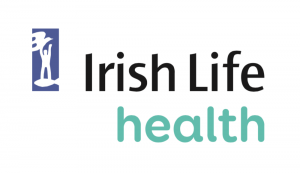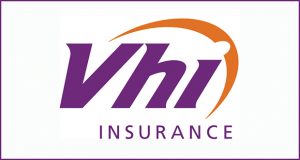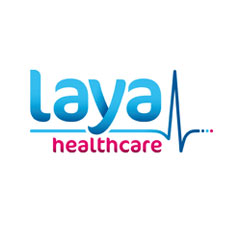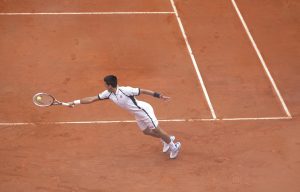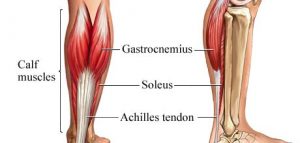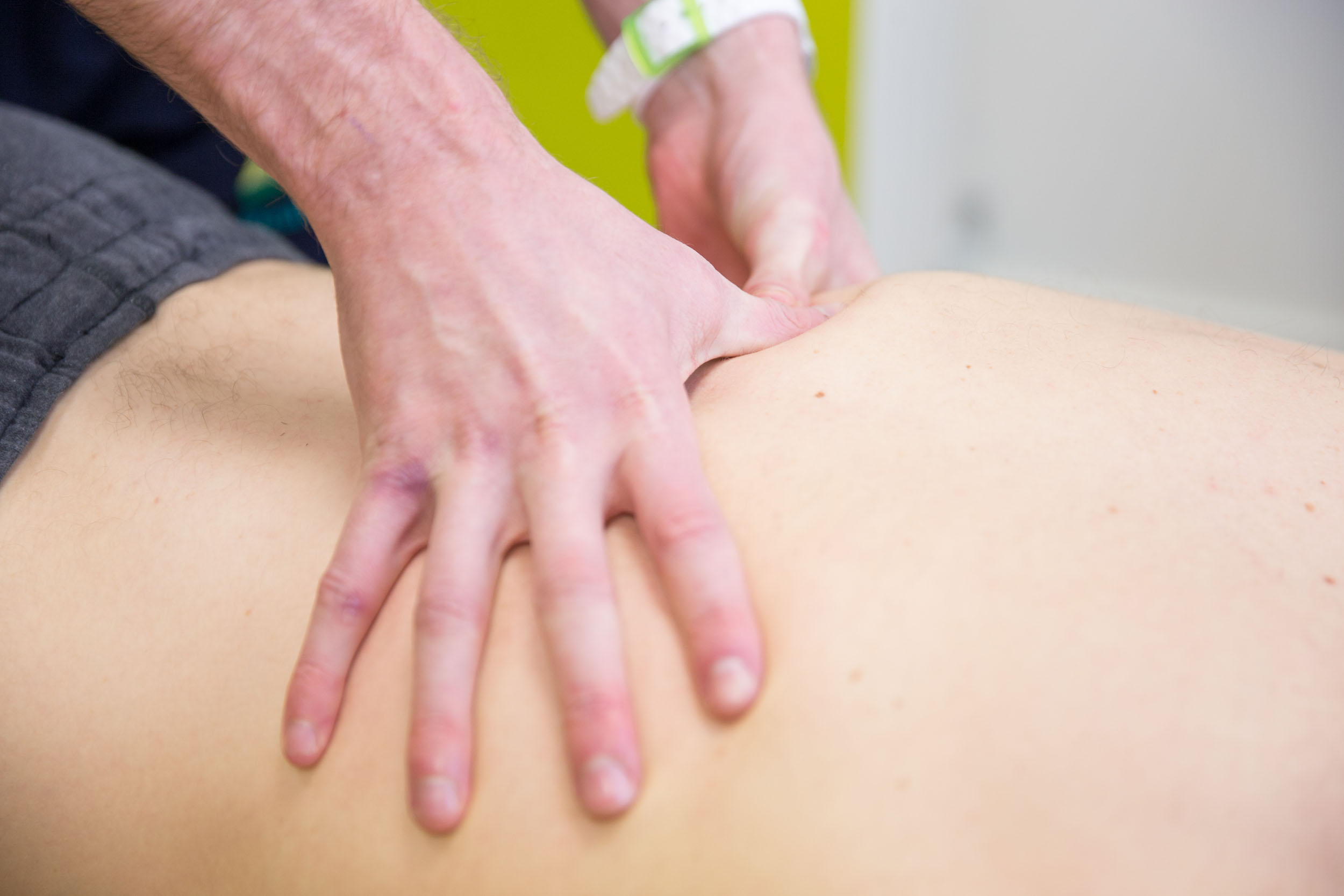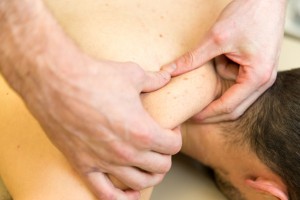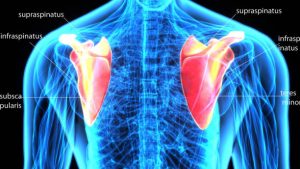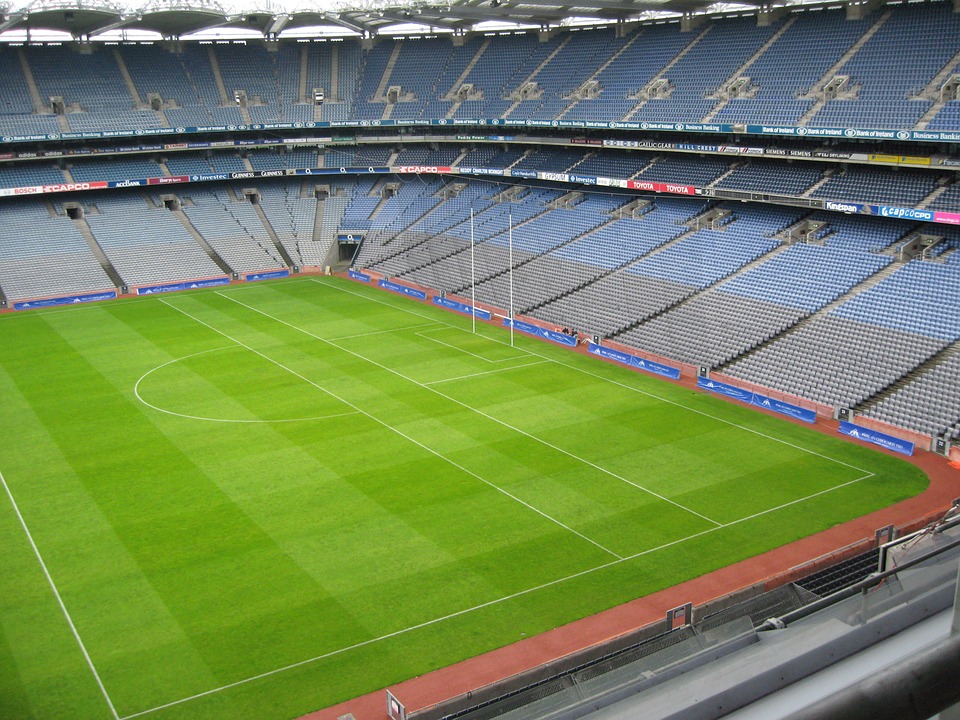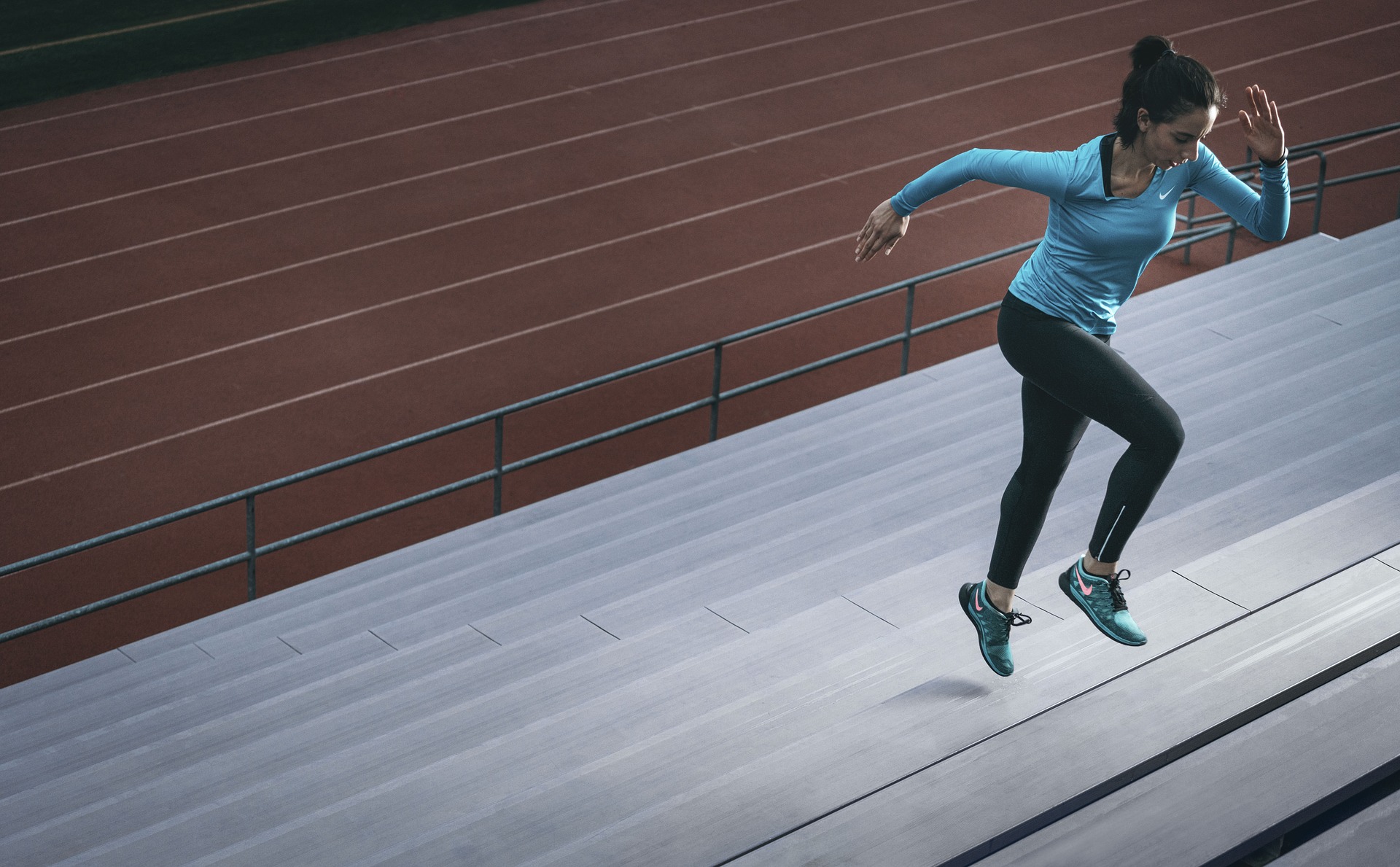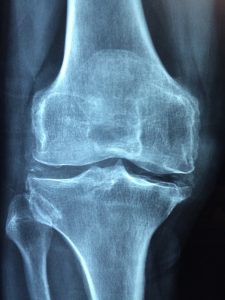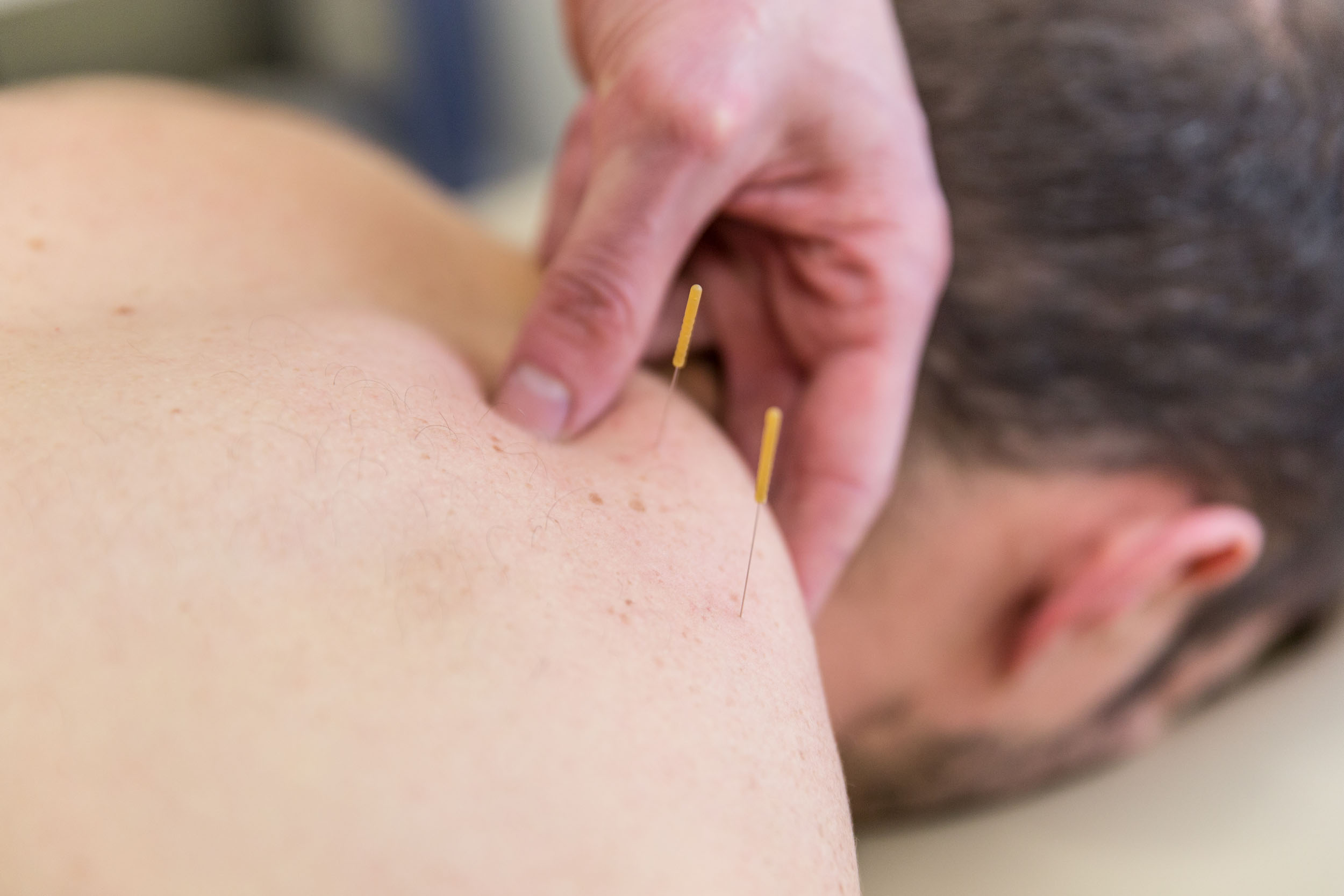Claim Your Medical Expenses!
All major health insurers recognise care provided by Chartered Physiotherapists at Peak Physio.
To check your own cover, please review your own policy for its terms and conditions. We will provide receipts for all your treatment sessions either session by session or a full receipt of all visits at the end of treatment depending on your preference.
If your health insurance provider does not cover you, you can also claim back some of your fees by claiming through your tax return form at the end of the year. To find out more click on the following link: How to claim health expenses
Below are some examples of the policies that are provided by different insurance companies:
Irish Life
Irish life covers both physiotherapy and acupuncture (depending on your own policy) and pre/post natal Pilates.
Physiotherapy:
Day to Day Plans cover physio – Depending on the plan
- €25 back up – up to 5 visits
- €30 x 3 visits
- Physio visits covered 50% up to €25 x 8 visits each
Day to Day Business Plans: Depending on the plan
- €20 x 3 visits
Day to Day Health Plans: Depending on the plan
- physio visits – 50% up to €30 x 25 visits each (subject to €50 excess)
Enhanced Health Plans: Depending on the plan
- Money back on everyday medical expenses – physio sessions
- Physio visits – €65 x 10 visits each
Acupuncture:
Acupuncture as part of Complementary Therapy:
- €25 per visit x 3 visits.
Pilates:
Enhanced Maternity -Pilates Cover:
- Pre/post natal Yoga & Pilates: €20 per visit x 2 visits
Please note that excesses may apply to some schemes. Please consult Irish Life Health to see what your Health Insurance policy will cover.
VHI
VHI covers both physiotherapy, acupuncture and Maternity Pilates(depending on your own policy) .
Physiotherapy:
One Plan Extra:
- Physiotherapy cover – €25
Family Plan Plus Level 1:
- Physiotherapy x 7 visits up to €25 per visit
Healthsteps Gold:
- Physiotherapy cover – x 7 visits up to €35 per visit
One Plan Starter Day 2 Day
- Physiotherapy x 3 visits at €20 per visit
Company Plan Extra Level 2 (Excess)
- Physiotherapy 12 visits at €40 per visit
Acupuncture:
- Acupuncture – x 7 visits up to €35 per visit
Pilates:
Maternity cover – baby bundle:
- Maternity Pilates
Please note that excesses may apply to some schemes. Please consult VHI Health to see what your Health Insurance policy will cover.
Laya Insurance
“At laya healthcare, our health insurance schemes provide cover for a variety of treatments. For example – physiotherapy, acupuncture, dietician and osteopathy. Please note, the therapist you attend for treatment must be a member of one of our recognised bodies before you’re eligible for benefit.”
All the below are only outlines, you must check with your health insurance policy or check with the health insurance company in regard to cover:
Physiotherapy:
Advantage Cover/Assure Cover/ Company Health:
- Up to €20/€25 of physiotherapy visit is covered
Care Manage/Company Care/Connect Care:
- 50 % cover of costs – up to 25 visits
- 50-75% cover of costs – up to 25 visits
Control Suite:
- Control 150 Create – up to €30 per visit – 25 visits
- Control 150 Secure – up to €40 per visit – 25 visits
- Control 150 total – up to €15 per visit – 25 visits
Acupuncture:
- Control 300 total – Up to €15 per visit – 12 visits
- Control 300 create – up to €30 per visit – 12 visits
- Control 300 secure – up to €40 per visit – 12 visits
Please note that excesses may apply to some schemes. Please consult Laya Healthcare to see what your Health Insurance policy will cover.
read more


